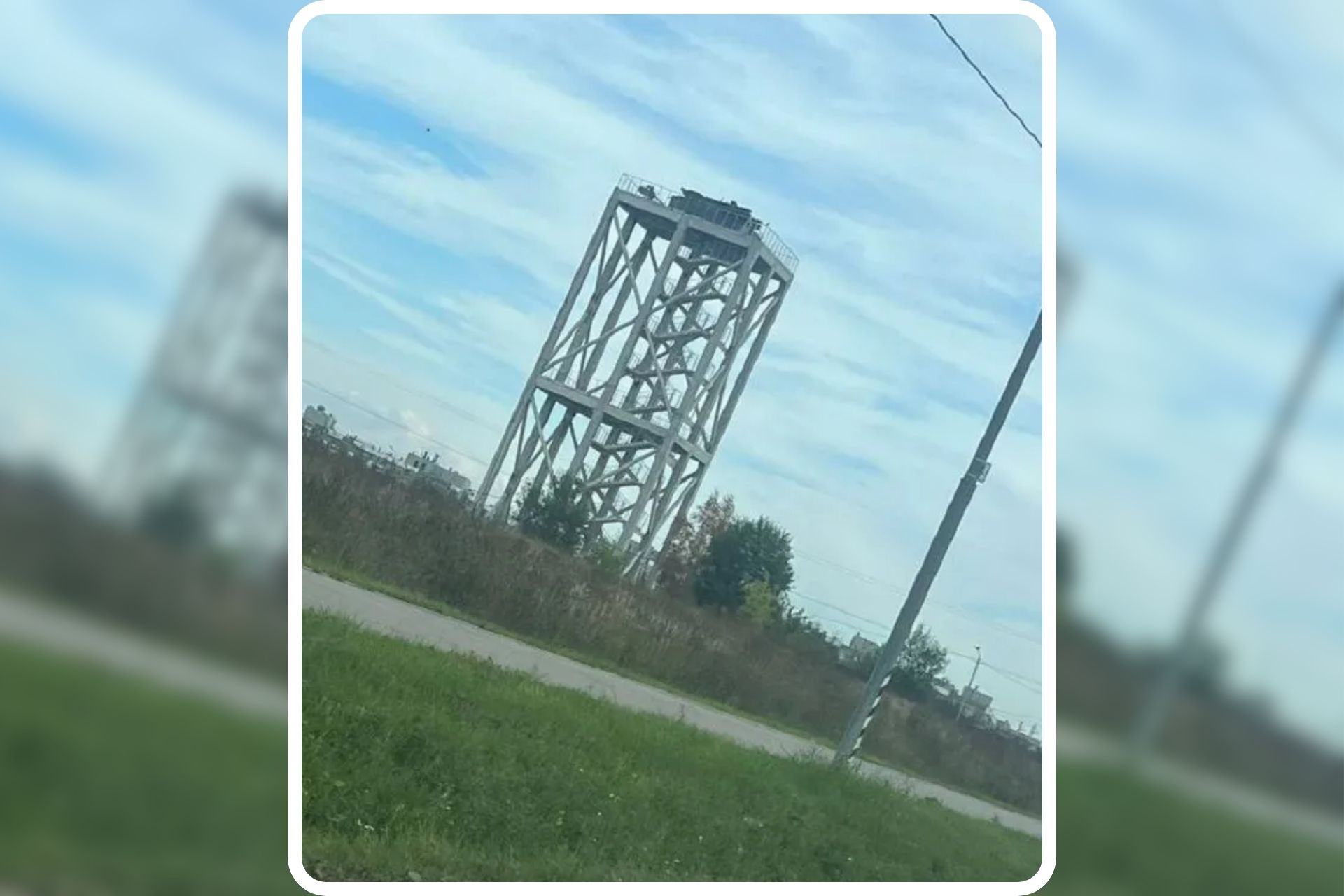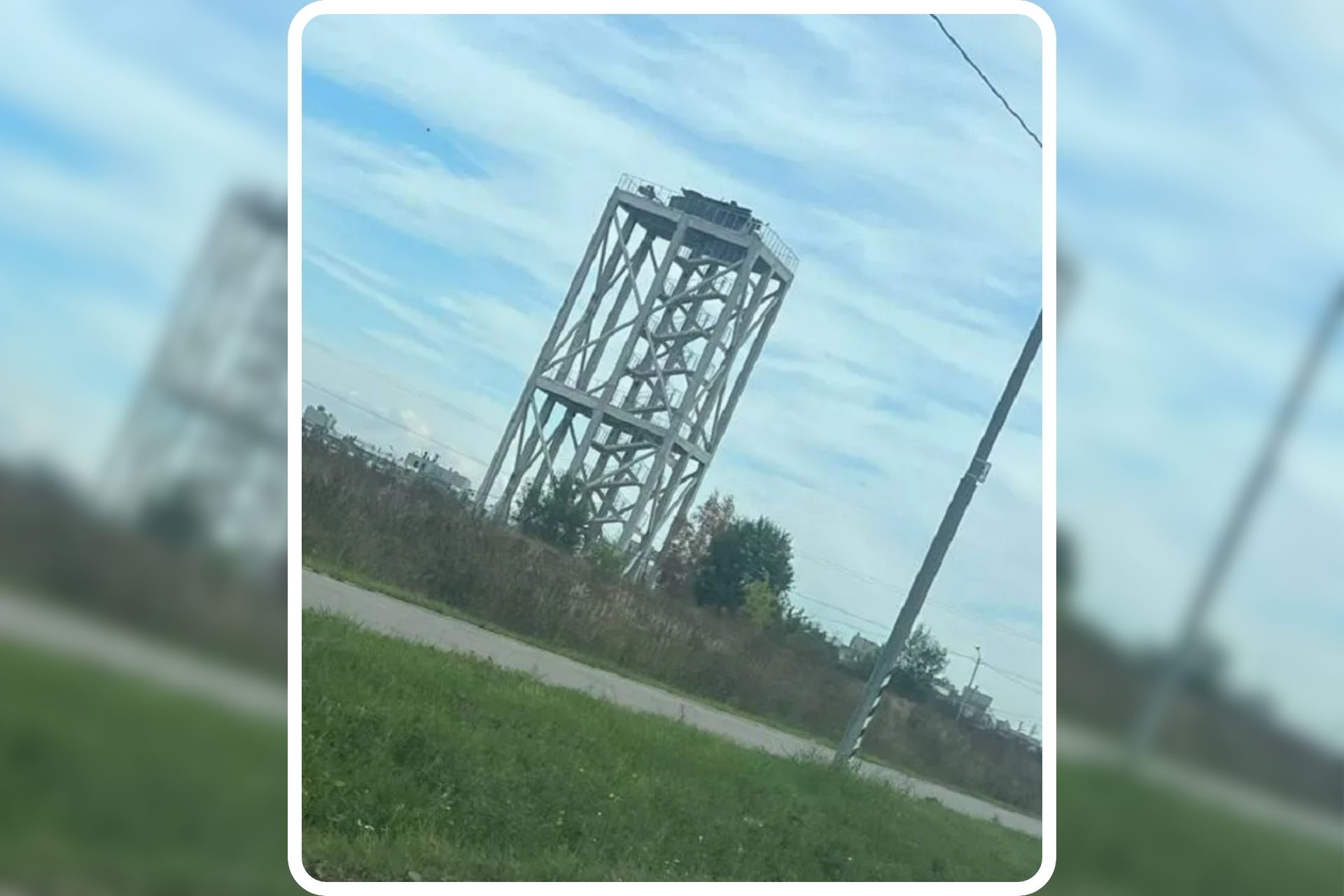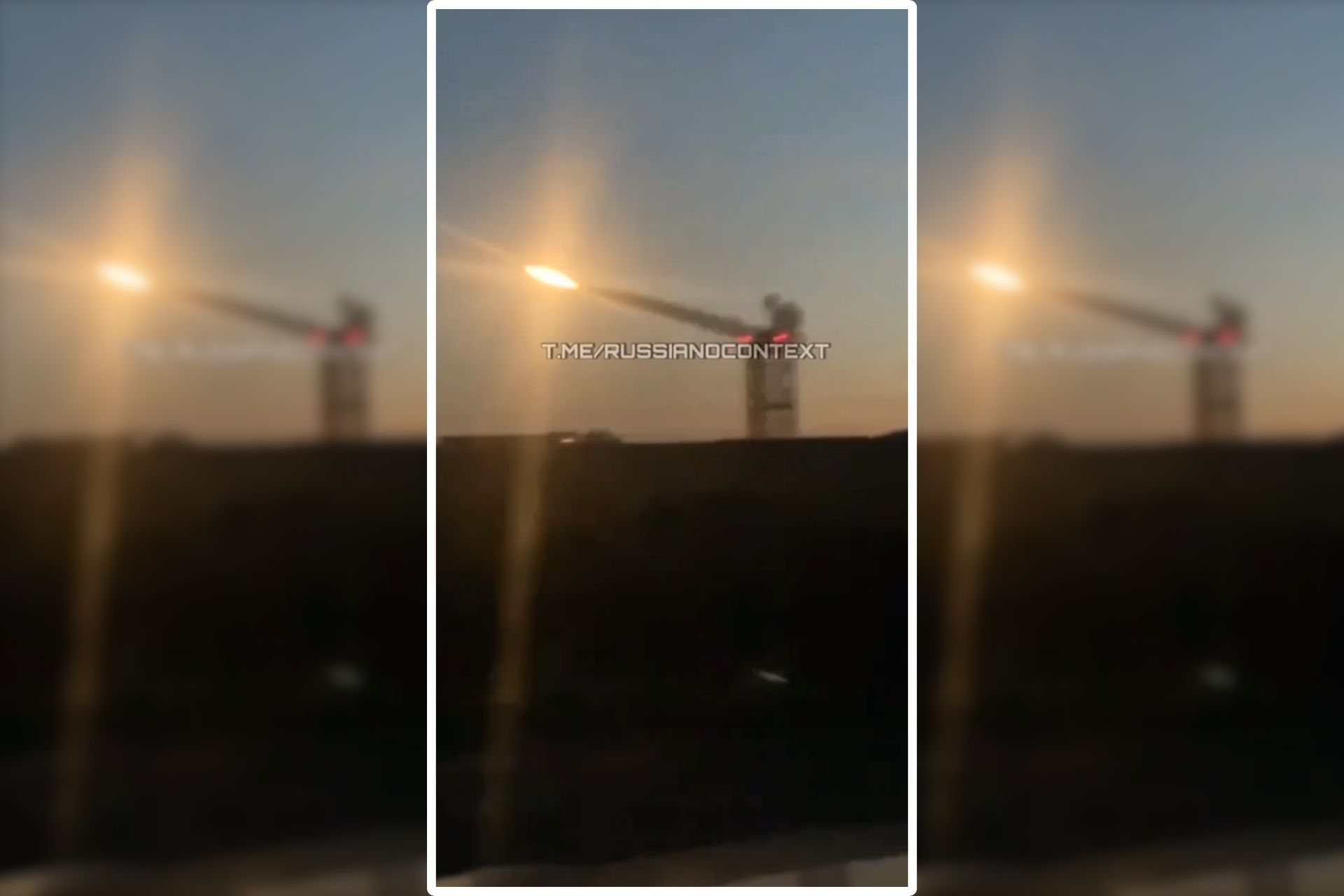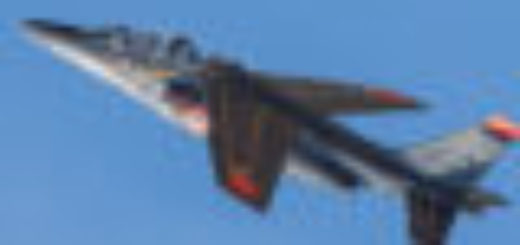Russia uses old Flaktürme tactics to defeat Ukrainian drones flying towards Moscow

{loadposition bannertop}
{loadposition sidebarpub}
On the night of August 26, 2024, Russia launched approximately 100 missiles and 100 drones at 15 Ukrainian regions, and Ukraine retaliated by sending drones towards Moscow. It was then that the Russian air defense strategy was implemented, including Flaktürme, anti-aircraft towers directly from history but reused to develop protective bubbles.Follow Army Recognition on Google News at this link
Russian Flakturm with a Pantsir- S1 system in south of Moscow (Picture source: Telegram channels)
The Mayor of Moscow, Sergey Sobyanin, asserted on Telegram the effectiveness of the city’s air defenses, highlighting that Russian forces had successfully intercepted and shot down ten Ukrainian drones headed towards Moscow. He detailed the incidents on Telegram, stating that the drones were shot down in the Podolsk district, located south of Moscow. “No casualties or damage were reported,” Sobyanin declared, emphasizing the magnitude of the attack as one of the most significant in recent times.
These anti-air positions, reinforced by Pantsir-S1 systems atop tall structures, first appeared about a year ago. In September 2023, the first images of these steel structures with an anti-air system on top were shared on social networks.
The idea of positioning defense systems on towers is not new; it reflects the strategic defense tactics employed by Nazi Germany during World War II. The Flaktürme, or Flak towers, were large surface fortresses designed to protect against Allied air raids. The use of Flakturm thus illustrates the so-called fortress strategy. These were typically 70 meters high (about 21 stories) and featured 128mm and 88mm cannons to protect cities from Allied bombings.
The elevated platforms extend the radar’s field of vision, significantly improving the system’s ability to detect and attack low-flying targets at a greater distance. Generally, the Russian Flakturme are not as tall as those shown in photos; they are simply elevated concrete ramps that slightly elevate the anti-air system.
Systems like Pantsir-S1 are also mounted on the rooftops of buildings in Moscow, serving as a final bulwark against an aerial attack. The recent deployment of these modern Flakturm-type defenses reflects Russia’s ongoing efforts to fortify its airspace against the increasing threats from Ukrainian forces, transforming its territory into a fortress, echoing dynamics of ground fortifications and the creation of defense lines.
Work of Pantsir-S1 during 26 August 2024 night, South of Moscow (Picture Source: Telegram/russianocontext)

{loadposition bannertop}
{loadposition sidebarpub}
On the night of August 26, 2024, Russia launched approximately 100 missiles and 100 drones at 15 Ukrainian regions, and Ukraine retaliated by sending drones towards Moscow. It was then that the Russian air defense strategy was implemented, including Flaktürme, anti-aircraft towers directly from history but reused to develop protective bubbles.
Follow Army Recognition on Google News at this link
Russian Flakturm with a Pantsir- S1 system in south of Moscow (Picture source: Telegram channels)
The Mayor of Moscow, Sergey Sobyanin, asserted on Telegram the effectiveness of the city’s air defenses, highlighting that Russian forces had successfully intercepted and shot down ten Ukrainian drones headed towards Moscow. He detailed the incidents on Telegram, stating that the drones were shot down in the Podolsk district, located south of Moscow. “No casualties or damage were reported,” Sobyanin declared, emphasizing the magnitude of the attack as one of the most significant in recent times.
These anti-air positions, reinforced by Pantsir-S1 systems atop tall structures, first appeared about a year ago. In September 2023, the first images of these steel structures with an anti-air system on top were shared on social networks.
The idea of positioning defense systems on towers is not new; it reflects the strategic defense tactics employed by Nazi Germany during World War II. The Flaktürme, or Flak towers, were large surface fortresses designed to protect against Allied air raids. The use of Flakturm thus illustrates the so-called fortress strategy. These were typically 70 meters high (about 21 stories) and featured 128mm and 88mm cannons to protect cities from Allied bombings.
The elevated platforms extend the radar’s field of vision, significantly improving the system’s ability to detect and attack low-flying targets at a greater distance. Generally, the Russian Flakturme are not as tall as those shown in photos; they are simply elevated concrete ramps that slightly elevate the anti-air system.
Systems like Pantsir-S1 are also mounted on the rooftops of buildings in Moscow, serving as a final bulwark against an aerial attack. The recent deployment of these modern Flakturm-type defenses reflects Russia’s ongoing efforts to fortify its airspace against the increasing threats from Ukrainian forces, transforming its territory into a fortress, echoing dynamics of ground fortifications and the creation of defense lines.

Work of Pantsir-S1 during 26 August 2024 night, South of Moscow (Picture Source: Telegram/russianocontext)






